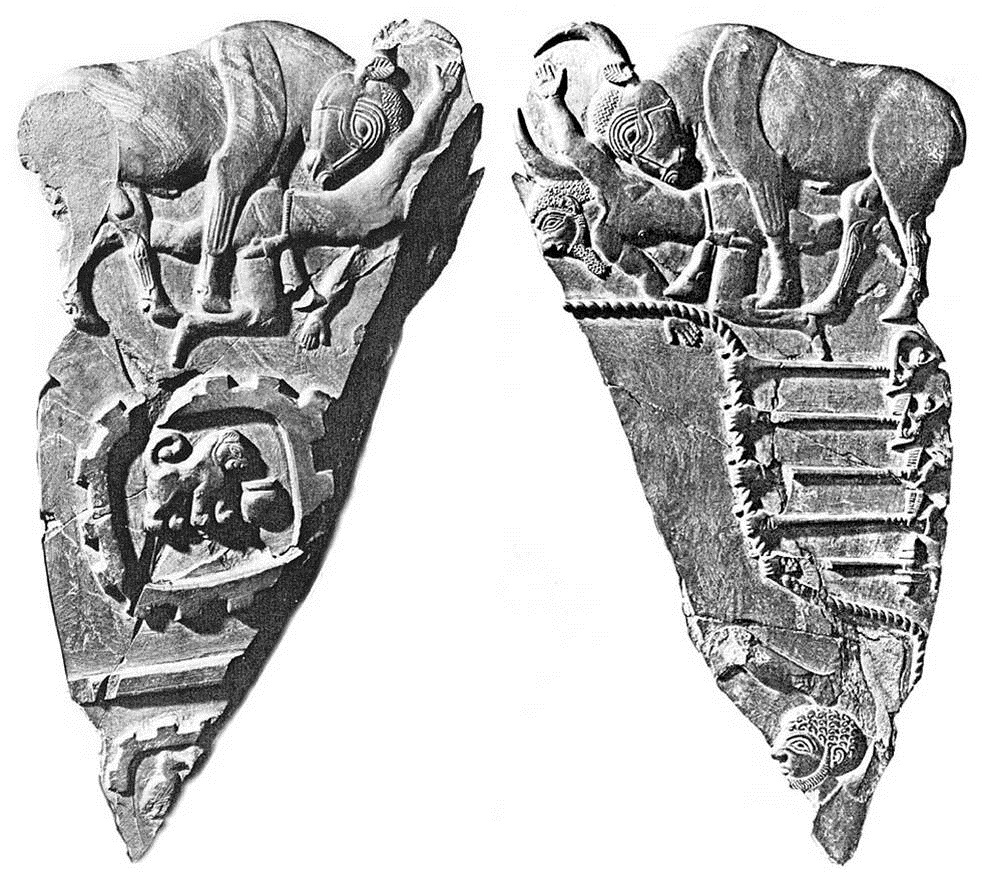Ancient Egypt Merimda Beni Salama
Merimda Beni Salama is a major Predynastic settlement site on the western margin of the Delta, about 60km north-west of Cairo.
Spread over a low terrace above the modern floodplain, the large site provides the earliest known evidence of settlement in the Nile Valley or Delta region and has given its name to the ‘Merimda’ phase of Lower Egyptian Predynastic culture. The earliest inhabitants of the site were agricultural people who combined hunting and fishing with animal husbandry and the cultivation of crops such as barley, wheat and flax, and would have lived in simple huts built from poles covered with reeds. Later they constructed strong oval houses with mud-covered walls in which a hearth and a stone slab for grinding grain were the main features.
During its excavation by H Junker from 1928 to 1939 and another German team in the 1980s the site has been found to consist of five levels, showing three phases of occupation dating from c5000 – c4100 BC, which is roughly equivalent to the Badarian and Amratian (Naqada I) Predynastic phases in Upper Egypt. The earliest level is characterised by a wide range of polished and unpolished untempered pottery, occasionally decorated with a herringbone design. Level II, known as Middle Merimda, revealed more complex structures of wood and basketwork, straw-tempered pottery and many burials. They had flint tools which were inserted into wooden handles and also made use of bone and ivory. The later or ‘Classic Merimda’ culture refers to the Level III period of occupation, when the settlement consisted of a large village of mud huts and work spaces in organised groups of buildings which were laid out in streets. The high level of organisation in the villages is indicated by numerous subterranean silos or granaries, lined with basketware and used to store grain, probably associated with individual dwellings. The suggestion is that by the later phases the population consisted of economically independent family groups in a formalised village life.

Comments
Post a Comment